A dress code is an important guide for any business to provide for its staff. It not only sets the standards that you want employees to meet when it comes to what they wear but can also convey the business’ expectations with respect to appearance. There are several key considerations on how your dress code sets the guide for employees.

Make sure it is compliant
Issues can arise around a dress code when it has been written in conflict with discrimination law, for example. So, it’s important to check to ensure that your code doesn’t cause problems. This could be something as simple as requiring men and women to dress differently or not making allowances for a reasonable religious dress.
Casual or formal?
Depending on the nature of your business you might be happy with a casual dress code or keen to establish something a little more formal. In a client-facing role in an industry such as law or finance, the norm is often a formal standard of dress, especially when attending meetings or out of the office. However, if your business is a tech company or an innovative start-up then suits may seem out of place and clients might be more comfortable if your team is wearing jeans. It’s essential to establish a dress code that caters to the expectations of your clients and industry so that your employees can meet those expectations.
Even casual requires a dress code
If there is no requirement for formal attire for your staff and you’re happy for them to wear most outfits, from jeans through to shorts, it’s still a good idea to use a dress code to establish some basic standards. For example, you may want to state that jeans should be in a good state of repair and not ripped so that they don’t look too scruffy. It’s often also advisable to require office outfits to provide a certain level of coverage e.g. t-shirts but not vests and you can also establish standards of cleanliness to avoid a situation where staff are walking around looking sloppy in stained or dirty clothes.
The importance of a uniform
Certain businesses really benefit from having uniformed staff. For example, if your employees are going into customers’ homes to work on their boiler or install broadband, it can be comforting for the consumer if your person turns up in a uniform that they recognise. Uniforms identify the individual as part of an organisation and help to establish trust and credibility when a stranger shows up on a customer’s doorstep asking to come in and do some work. If you have uniforms for staff then your dress code can make them responsible for ensuring these are always clean and in a good state of repair.
A comprehensive dress code provides clarity for employees when it comes to important questions of how to meet the professional standards of your business. It can be a relief for staff to know how your dress code sets the guide for employees and what is expected of them.
Contact 2i Recruit

